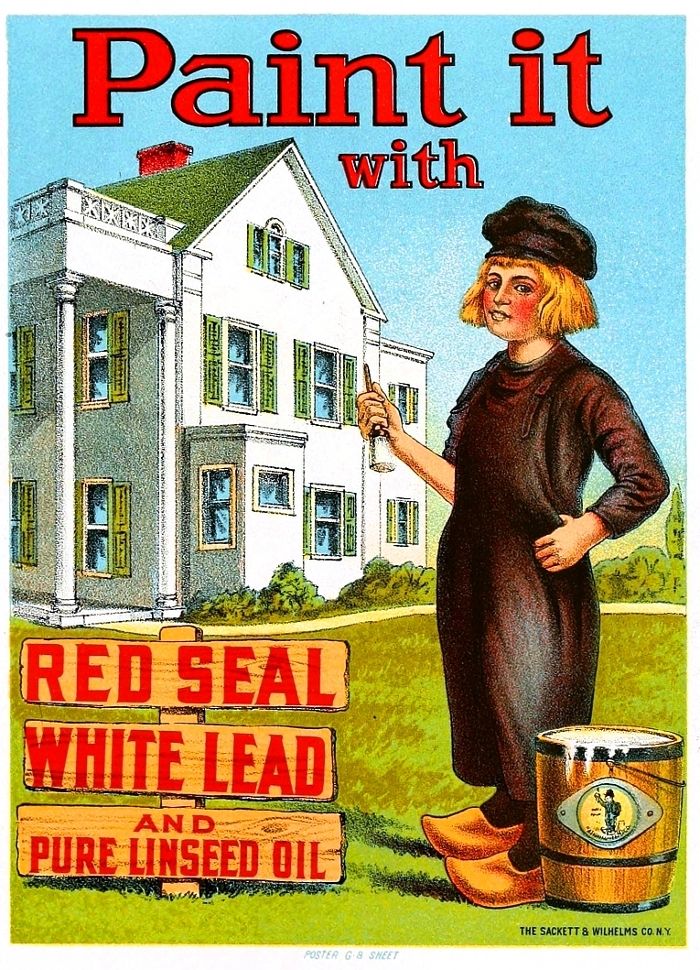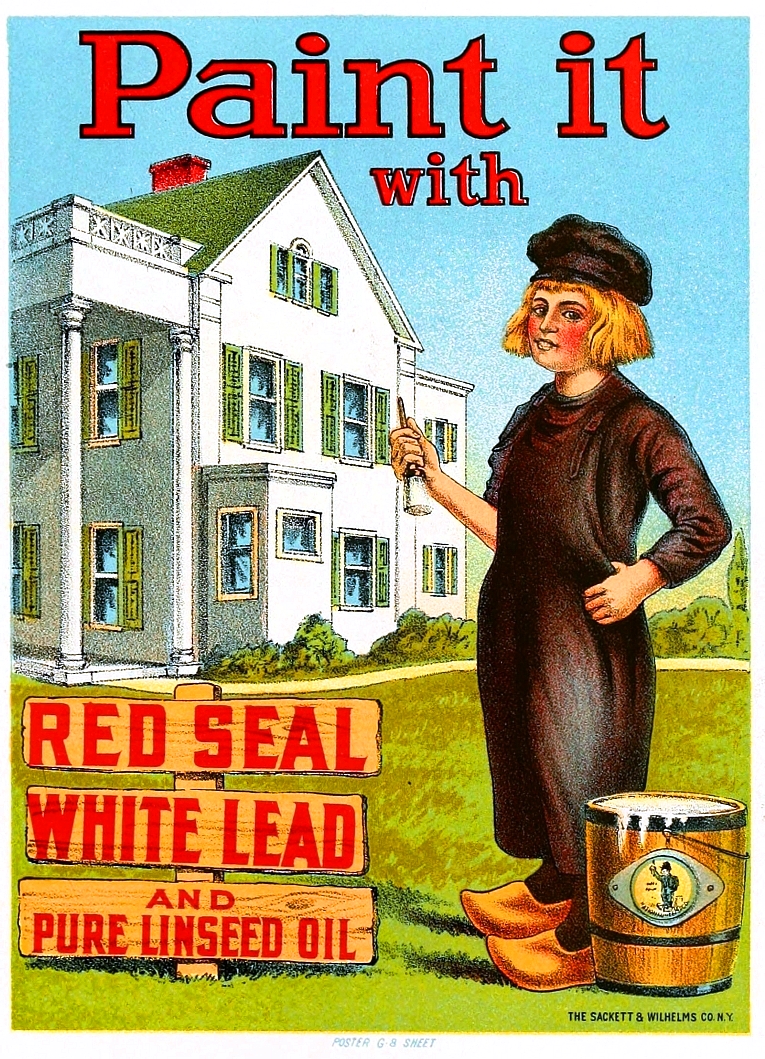
A California superior court judge is expected to rule by the end of the year in a 13-year-old case that could force paint manufacturers and distributors to spend $1 billion or more to clean up lead paint.
According to accounts in The Wall Street Journal and The Los Angeles Times, the court battle pits seven California counties and three cities against makers and distributors of paint and pigments, including Sherwin-Williams, DuPont, and ConAgra Grocery Products. The plaintiffs are pursuing their claims under so-called public-nuisance laws.
Lead was banned in residential paint in 1978, but lead paint can still be found in older homes. The lawsuit claims that lead paint can “severely and permanently” harm the mental and physical development of children, and that manufacturers promoted the paint even though they understood the risks.
According to The Wall Street Journal’s Sept. 23 edition, lead-paint suits have previously failed in Rhode Island, Missouri, Illinois, New Jersey, and Wisconsin. The California case, which was heard by a San Jose judge in July, is apparently the only one in the nation that’s still active.
The suit does not seek the complete removal of lead paint from houses; rather, it would require that the paint be replaced or sealed off on surfaces such as doors, windows and floors where it could be dislodged by friction. Lead paint is generally considered a hazard only when it’s disturbed.
Lawyer says suit is a ‘slumlord bailout’
Paint makers have argued that California already has a program to deal with lead paint and that the lawsuit would create redundant regulations.
A lawyer representing Sherwin-Williams said if the lawsuit is successful, landlords might be less likely to keep older properties in good repair because paint makers would be forced to do it for them. He called the lawsuit a “slumlord bailout.”
Defendants also have argued that children are exposed to lead from sources other than paint, and that removal efforts could actually make things worse by freeing lead paint that’s now safely covered by paint with no lead content.
In an op-ed column in the LA Times, James R. Copland of the Manhattan Institute’s Center for Legal Policy, agreed. “The case shouldn’t have survived this long,” he wrote, “because public nuisance laws simply don’t apply. Besides, the dangers of lead are already being effectively mitigated in California.”
Copland said the exposure of children to lead has dropped more than 99% since the late 1970s, and that some of the municipalities that have joined the suit haven’t reported a single instance of a positive test for lead in a child.
Fine Homebuilding Recommended Products
Fine Homebuilding receives a commission for items purchased through links on this site, including Amazon Associates and other affiliate advertising programs.

Affordable IR Camera

8067 All-Weather Flashing Tape

Handy Heat Gun

For decades, many U.S. paint manufacturers, including Dutch Boy, added lead to their paint formulations.



























View Comments
There are a few terms for this sort of action by governments: malfeasance, abuse of process, and unconstitutional come to mind.
Imagine, if you will, if we decided to lower speed limits to 55mph - then went back and assessed folks fines for the driving they did over 55 years ago, before the law. That's what the governments here are trying to do.
Why sue now? Because the paint makers are seen as having money- and the governments have bankrupted themselves. Ayn Rand called this 'looting.' She was right.
I question the claim in this article that the suit "does not seek the complete removal of lead paint." That's exactly what it asks. You can't 'replace' it without removing it, you can't "seal it off" without constructing atop it- simply painting over it doesn't count.
Ironically, one sure effect of RRP rules is to ensure that NO maintenance is ever done.
I wish Banifornia would secede from the United States. The state is bankrupt and they are doing anything and everything they can to fill their coffers at the expense of private and corporate citizens.
Who knows what other retroactive regulatory violations they will dream up next.
Why are people no longer responsible for their own actions? Consumers purchased the paint and put it on their own houses. They were not forced to do it!!!!!!